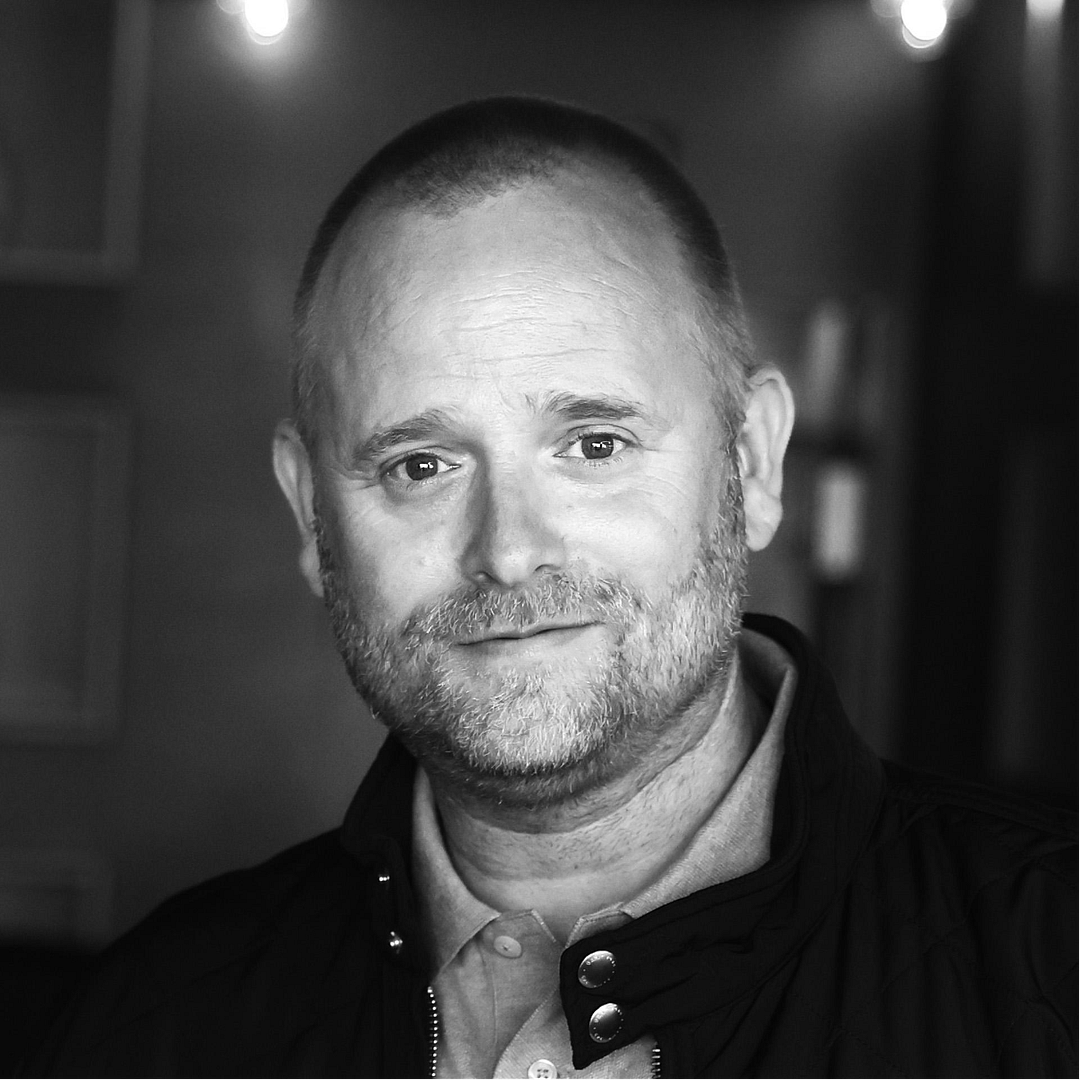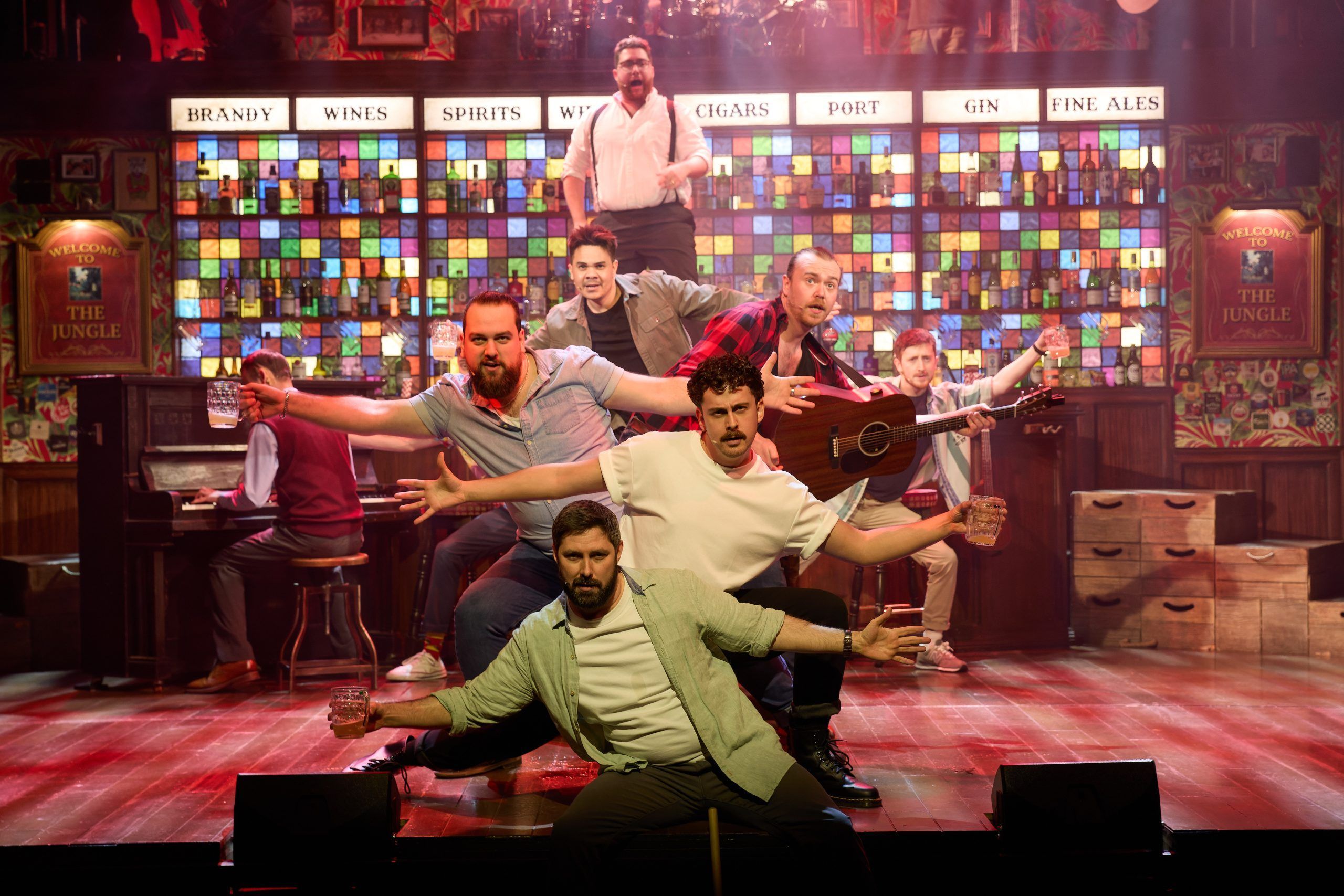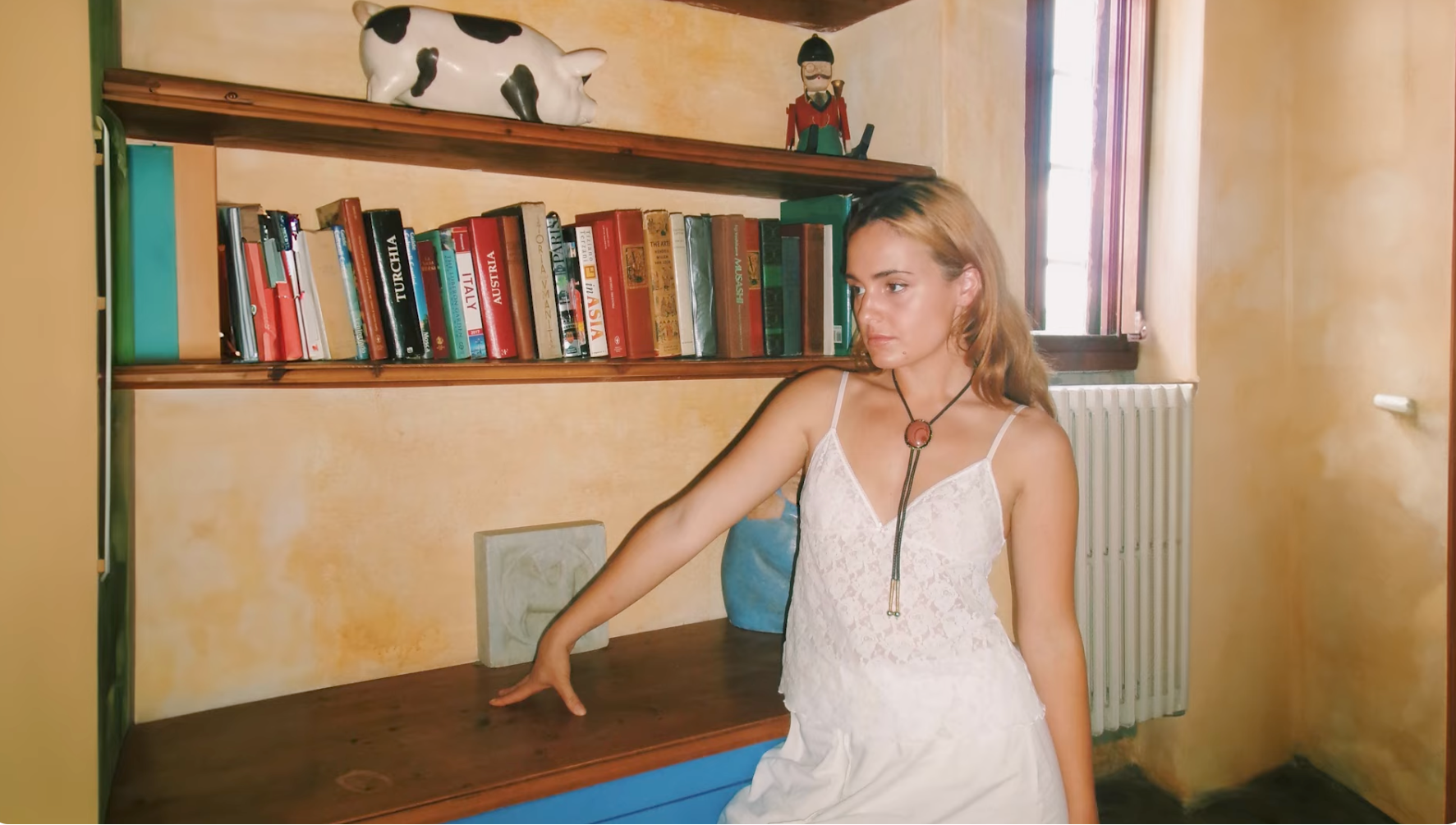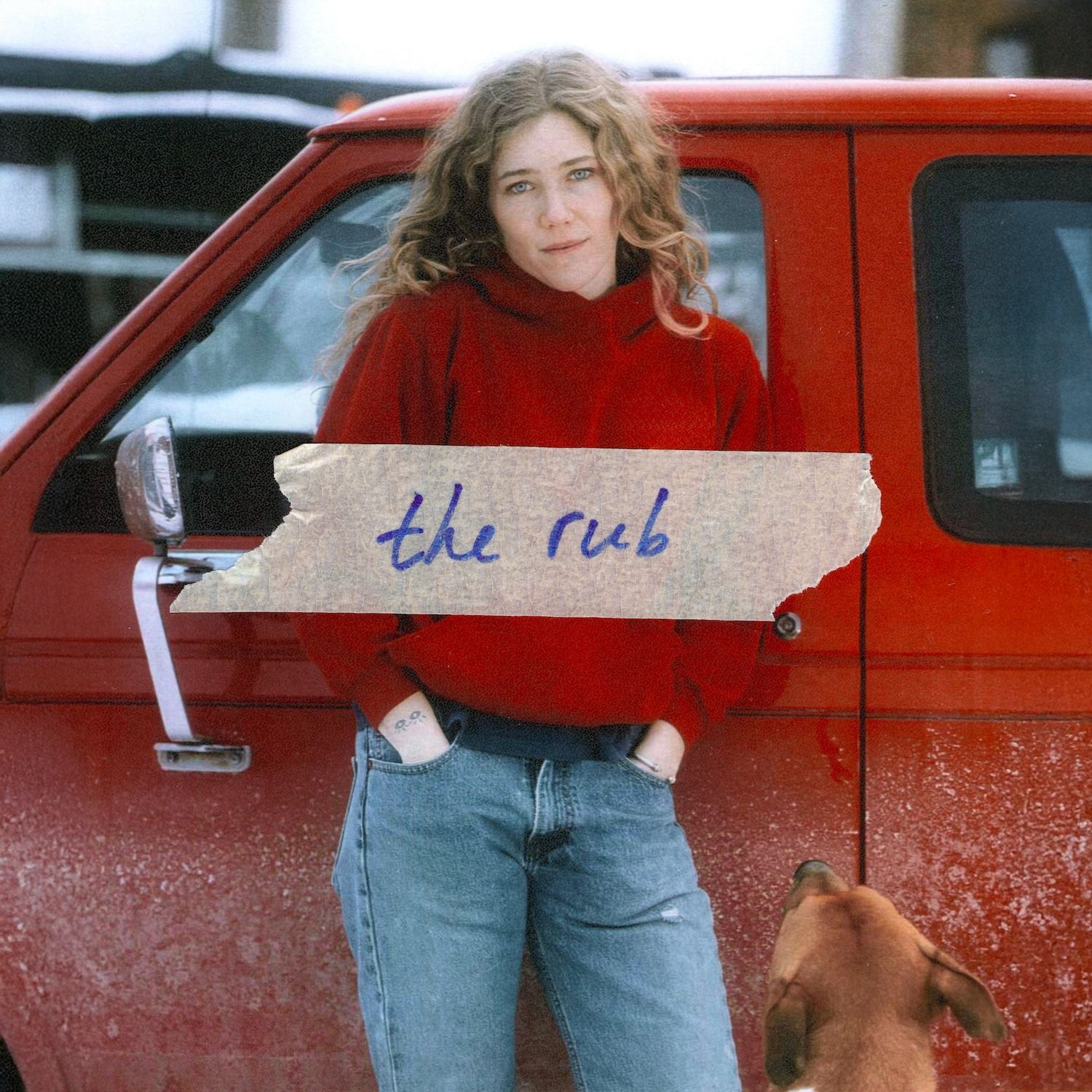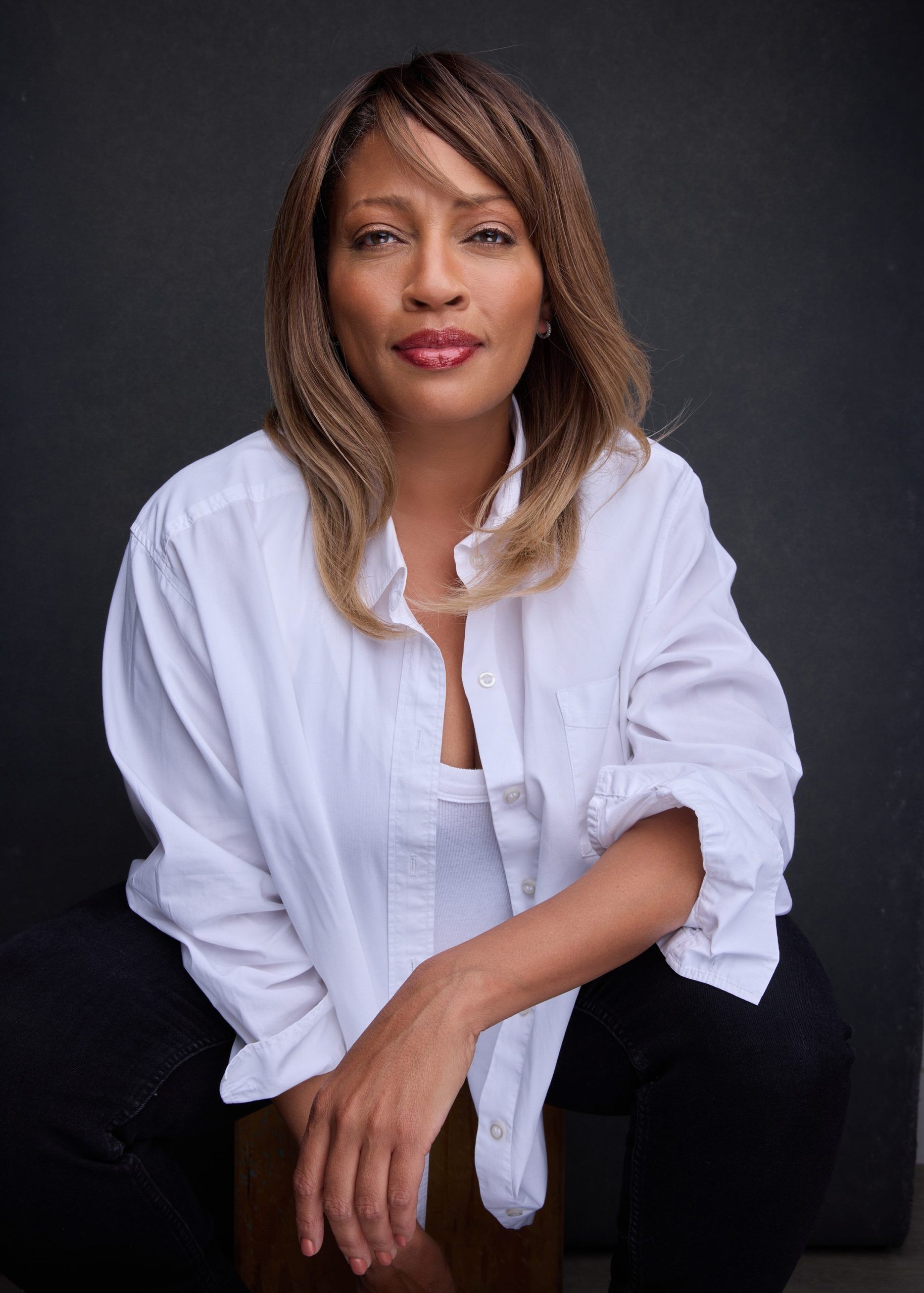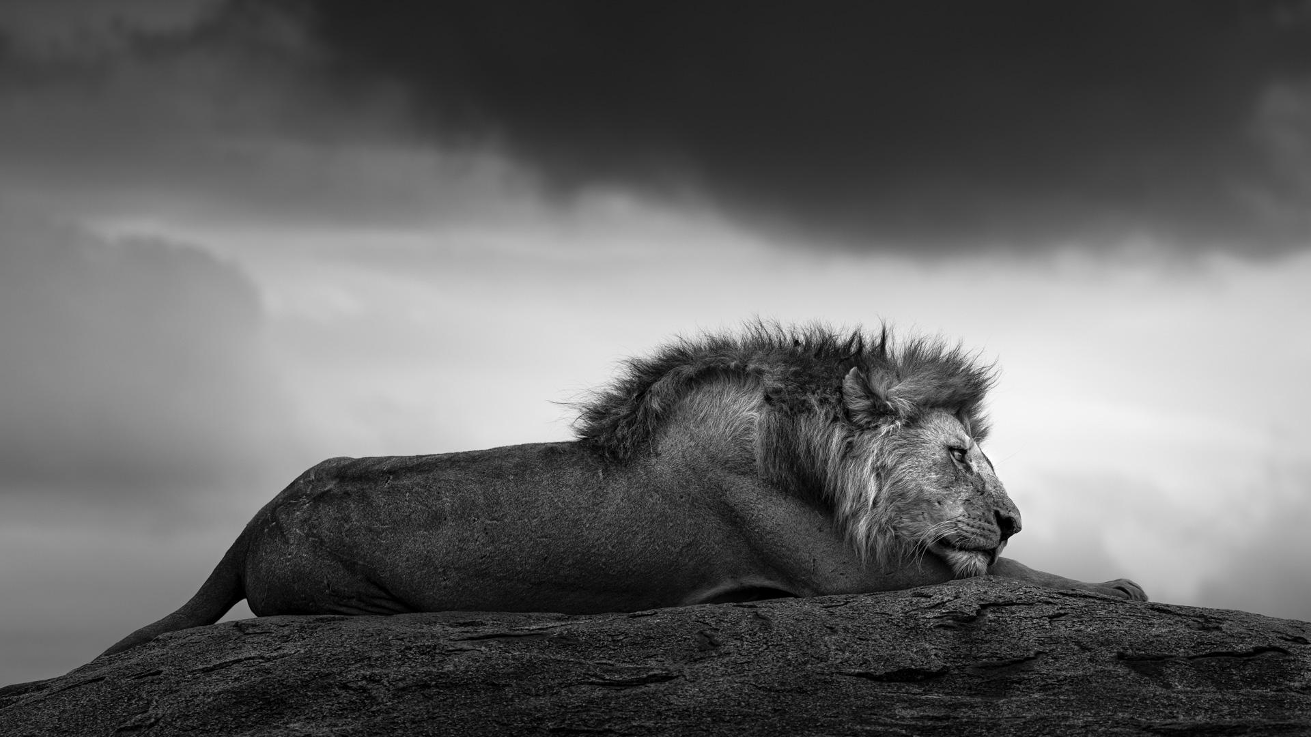
Few photographers capture wildlife with the intimacy and depth of Johan Siggesson. Built on strong compositions and a vision for creating simplicity in nature’s chaos, his work strips away distractions to reveal the essence of the animal. Best known for his striking fine art lion prints and elephant prints but also prints of other African wildlife, Johan has built a career on patience, precision, and an unshakable respect for the creatures he photographs. His images balance raw power with quiet moments, often showing layers of personality and vulnerability in beings we normally view from a distance.
Born in Sweden and now based in Malta, Johan has spent decades traveling across Africa in search of those rare encounters where art and nature meet. His work has been recognised in international competitions, exhibited in galleries, and collected by private and corporate clients around the world. At the heart of it all is his belief that fine art wildlife photography is not just about documenting but about creating a connection that lingers long after the image is seen.
1883 sat down with Johan to talk about his journey, his philosophy, and the art of bringing the wild into our everyday spaces.
Your work is instantly recognisable for its mix of elegance and raw honesty. What first drew you to wildlife as your subject?
I’ve always felt at home in wild places. From a young age, I was fascinated by animals and how they move, interact, and simply exist in their own world. Photography came later, but when the two passions merged, it felt like the most natural thing in the world. Wildlife has a way of humbling you. I wanted to create images that go beyond the documentary and capture something timeless, something that reminds us of our own place in nature.
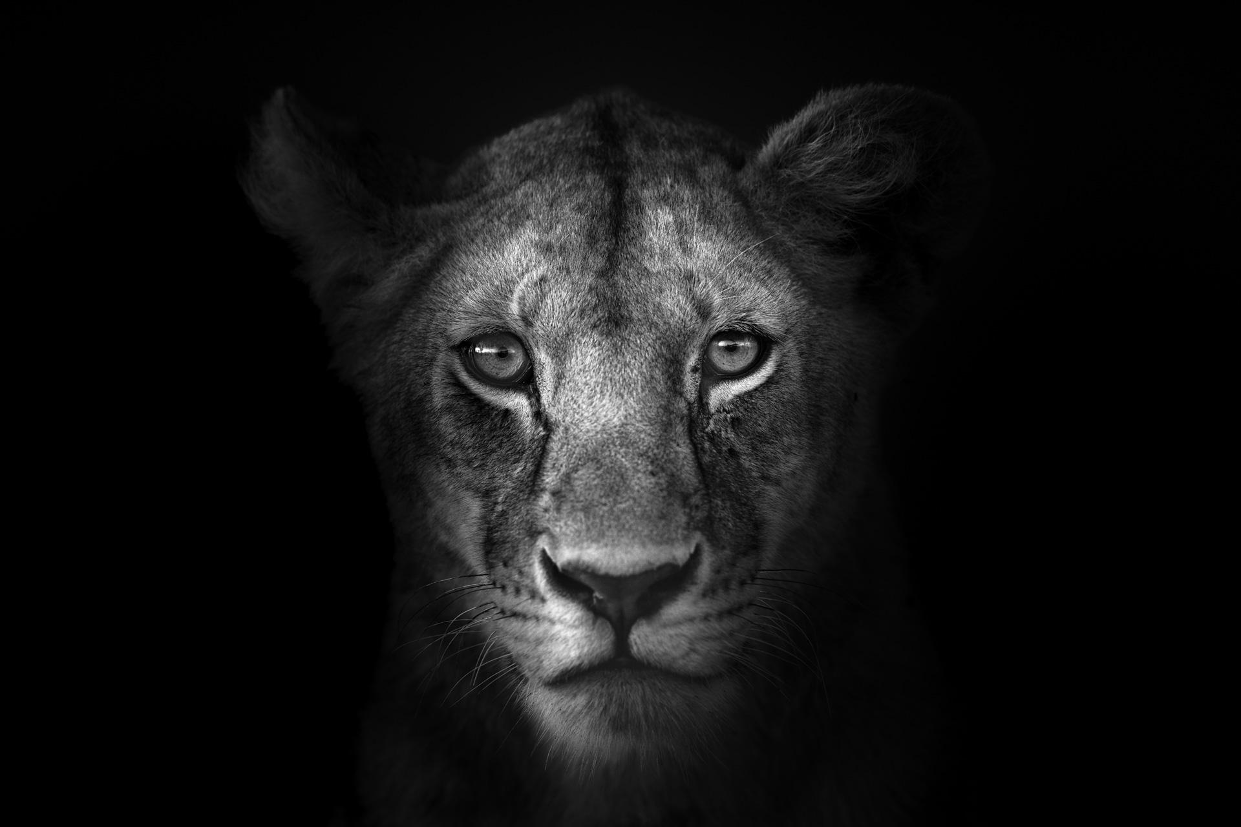
You’re best known for your African wildlife prints. Do you approach different species, like lions versus elephants, differently when you photograph them?
Yes and no. Every species and every landscape has its own rhythm, and I try to tune into that. With lions, it is often about intensity and drama, the way they move and the way they look at you. Elephants are different. They have this quiet authority and a sense of community that comes through if you spend enough time with them. But at the core, my approach is the same: patience and respect. I want the animal to reveal itself naturally rather than forcing the moment.
Most of your prints are black and white. Why does that medium speak to you?
Black and white takes away the distractions and brings everything back to the essentials: light, form, and composition. For me, that is the foundation of a powerful image. In monochrome, a lion is no longer about the colour of the grass or the sky. It becomes about balance, texture, and expression. You notice the lines of the mane, the intensity of the eyes, the weight of the moment. It gives the photograph a timeless and sophisticated quality, as if it could belong to any era.
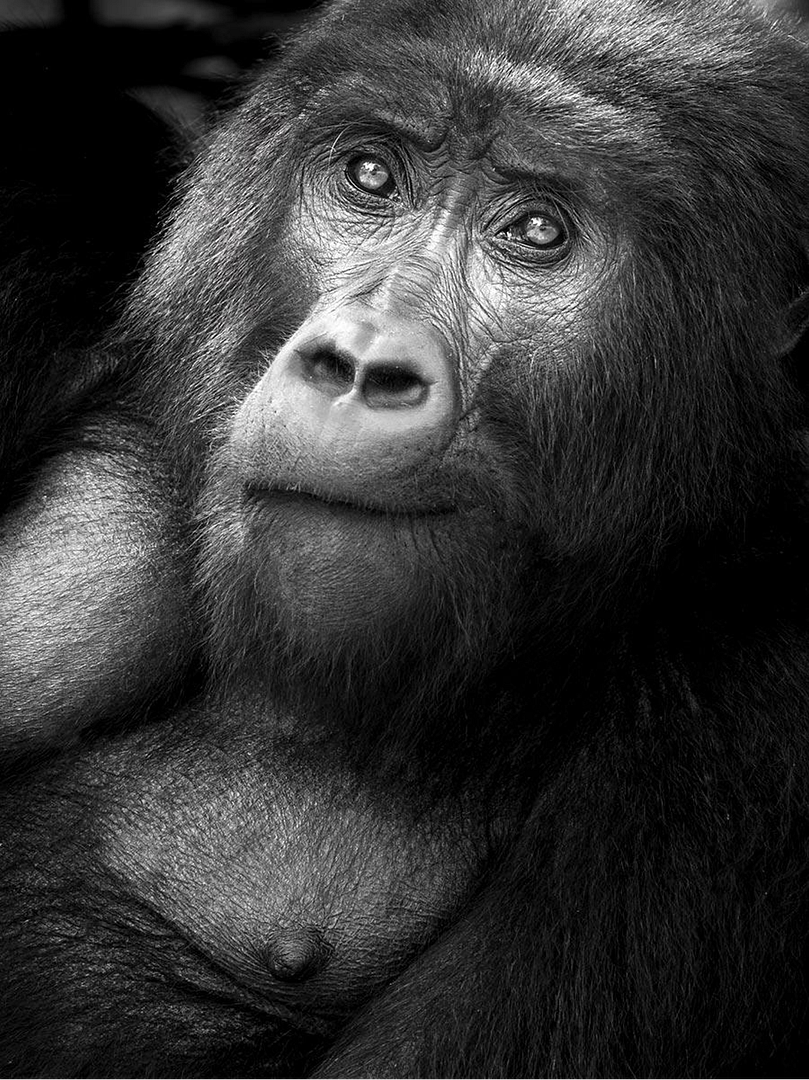
You once said, “In the stillness of the wild, we remember how to be alive.” Can you expand on that?
The wild teaches us presence. When I’m sitting quietly with a gorilla or watching elephants cross the savanna, I’m completely in the moment. There’s no noise from the outside world, no distraction. Just life as it has always been. I think that stillness is something we miss in our daily lives, and I try to bring a little of it into my photographs.
Your images are collected as fine art prints. How do you see the role of the physical print in today’s digital age?
The print is everything. A digital file is fleeting. You scroll past it and it is gone. A print has weight, texture, presence. When someone hangs one of my photographs in their home, it becomes part of their environment and their story. That is very different from just seeing it on a screen. For me, photography is not complete until it lives as a print.
You’ve exhibited across Europe, and you’re showing new work in Malta later this year. How does it feel to see your images in a gallery setting?
It’s always emotional. You spend so much time in the field, often alone, and then suddenly the work is on a wall with people reacting to it. Sometimes they see things I didn’t even notice when I took the photo. That dialogue between the image and the viewer is powerful, and it reminds me why I do this.
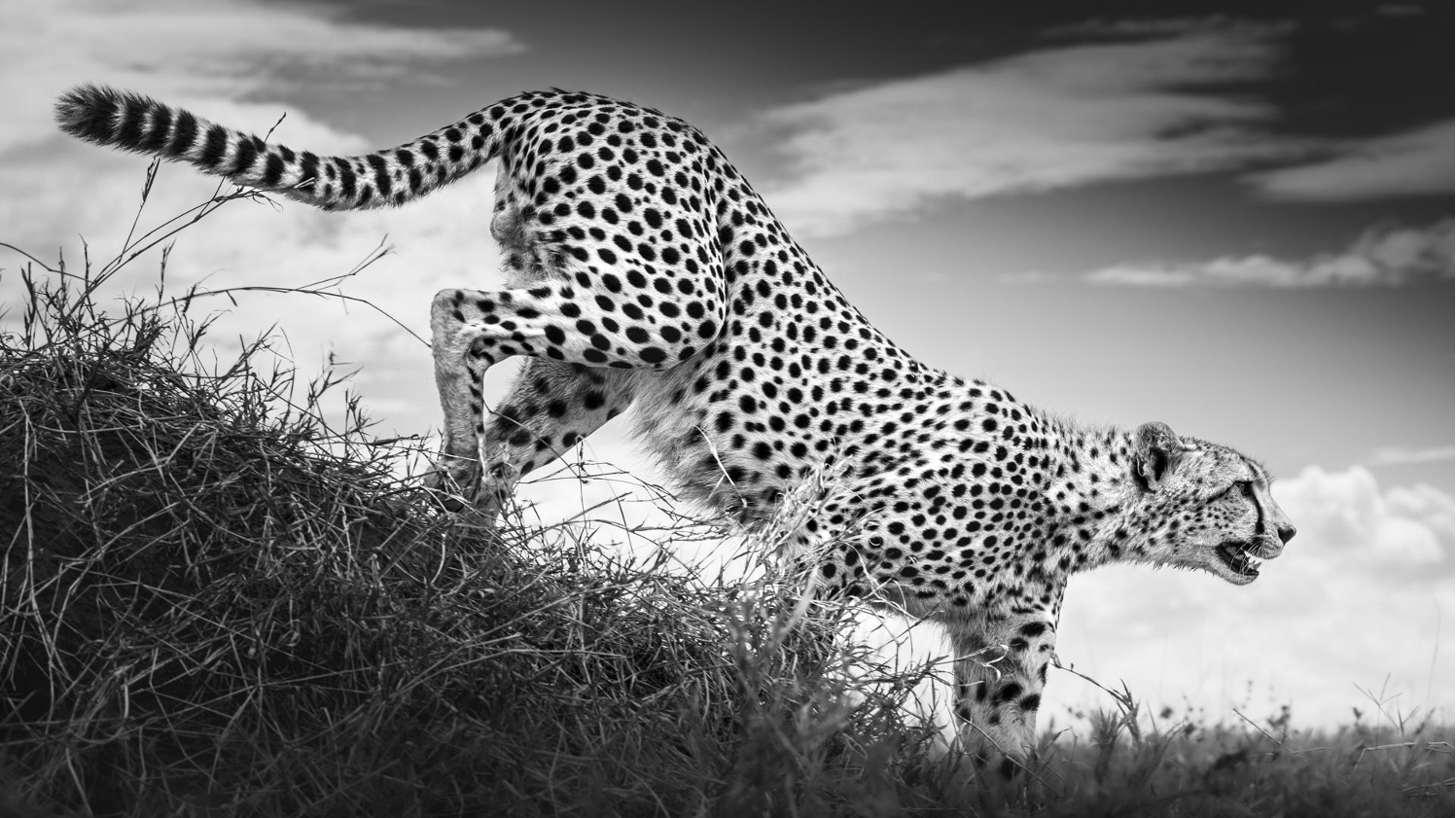
What’s the most memorable moment you’ve had in the field?
There are so many, but one that stands out is photographing the elephant Craig in Amboseli. He is an iconic elephant with tusks that nearly touch the ground. I often use a low angle to capture him, and each time he walks towards me with the same calm authority. It feels like standing in front of living history. I have returned to him many times over the years, always chasing that perfect image. Each encounter gives me a chance to refine not only the angle and composition, but also the background and the light. Even with the same subject, there is always something new, and that is what keeps me going back.
You mention the perfect image. What is a perfect image for you?
I have been asked that question many times, and for a long time it was difficult to answer. But now it feels simple. A perfect image is one that you remember. It is the photograph that stays with you long after you have seen it. It does not need to be technically flawless. What matters is that it creates an emotion, a memory, or even just a moment that lingers. That is the kind of image I am always searching for.
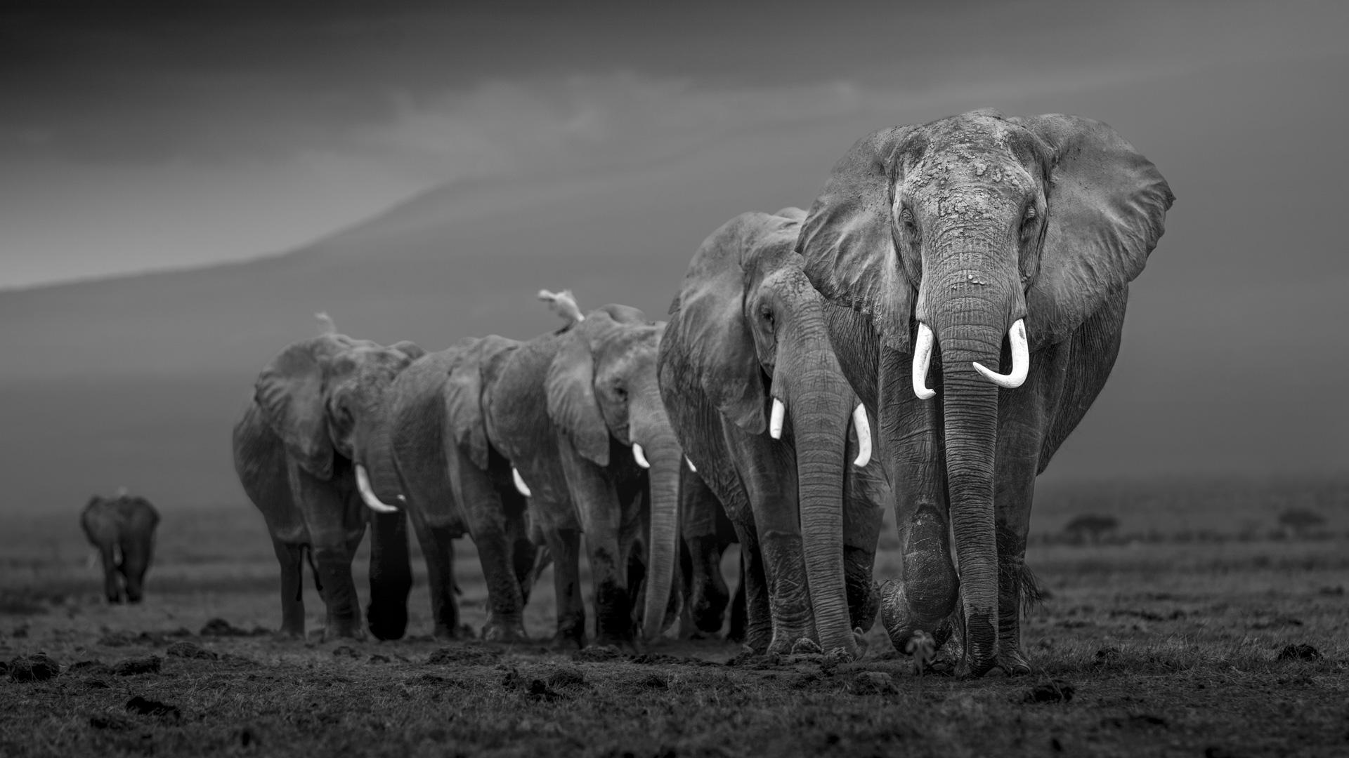
What do you hope people take away from your work?
I hope they feel a connection. Not just to the beauty of the animal, but to the responsibility we all share in protecting these creatures and their habitats. If one of my prints can make someone pause, reflect, or even act in some way, then I feel I’ve done my job as both an artist and a storyteller.
And finally, what’s next for you?
I’m continuing to explore Africa with new projects, and I’m working on expanding my collection of black and white prints. I’m also preparing for upcoming exhibitions, including one in Malta later this year, which I’m very excited about. At the same time, I’m always chasing those moments in the wild that surprise me. That is what keeps me going, the idea that the next image might be the one I have been waiting for.Discover more of Johan Siggesson’s work and explore his collection of fine art wildlife prints at www.johansiggesson.com.
